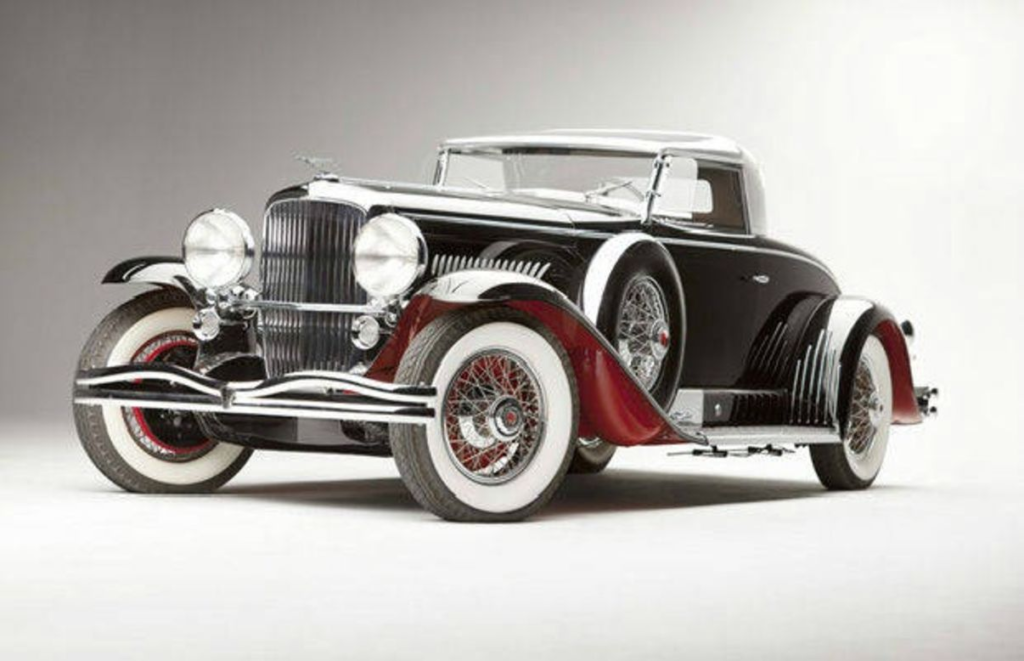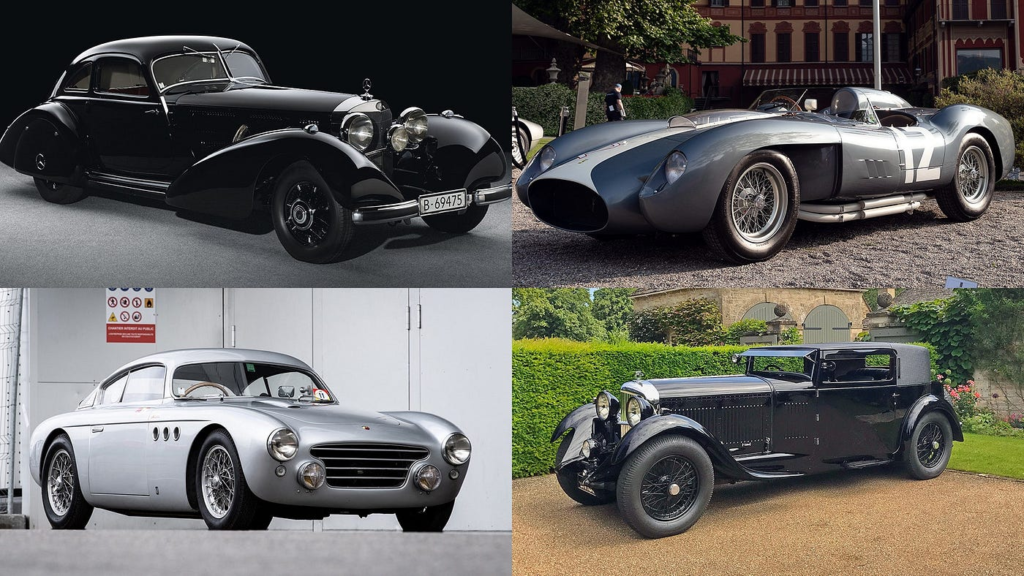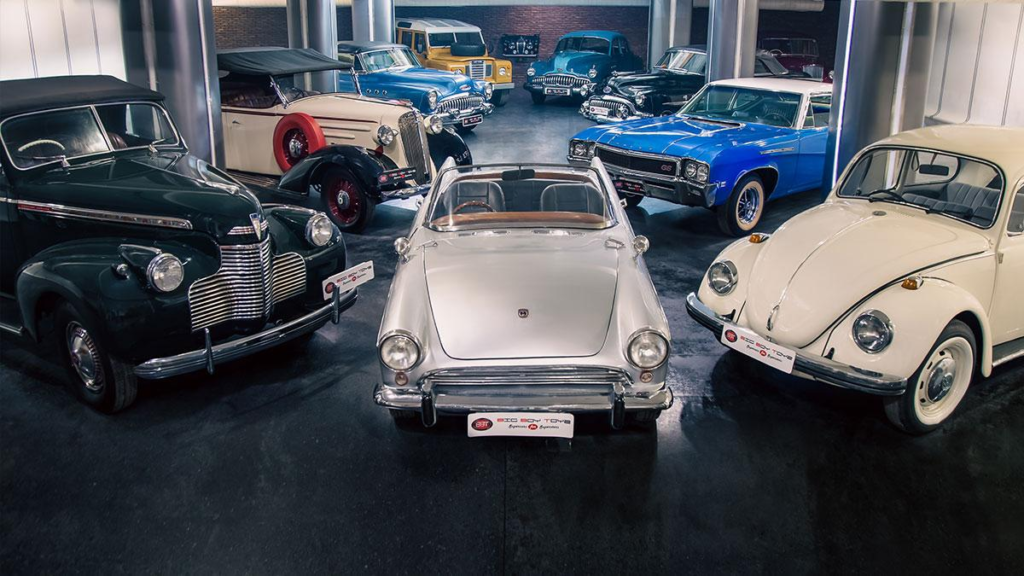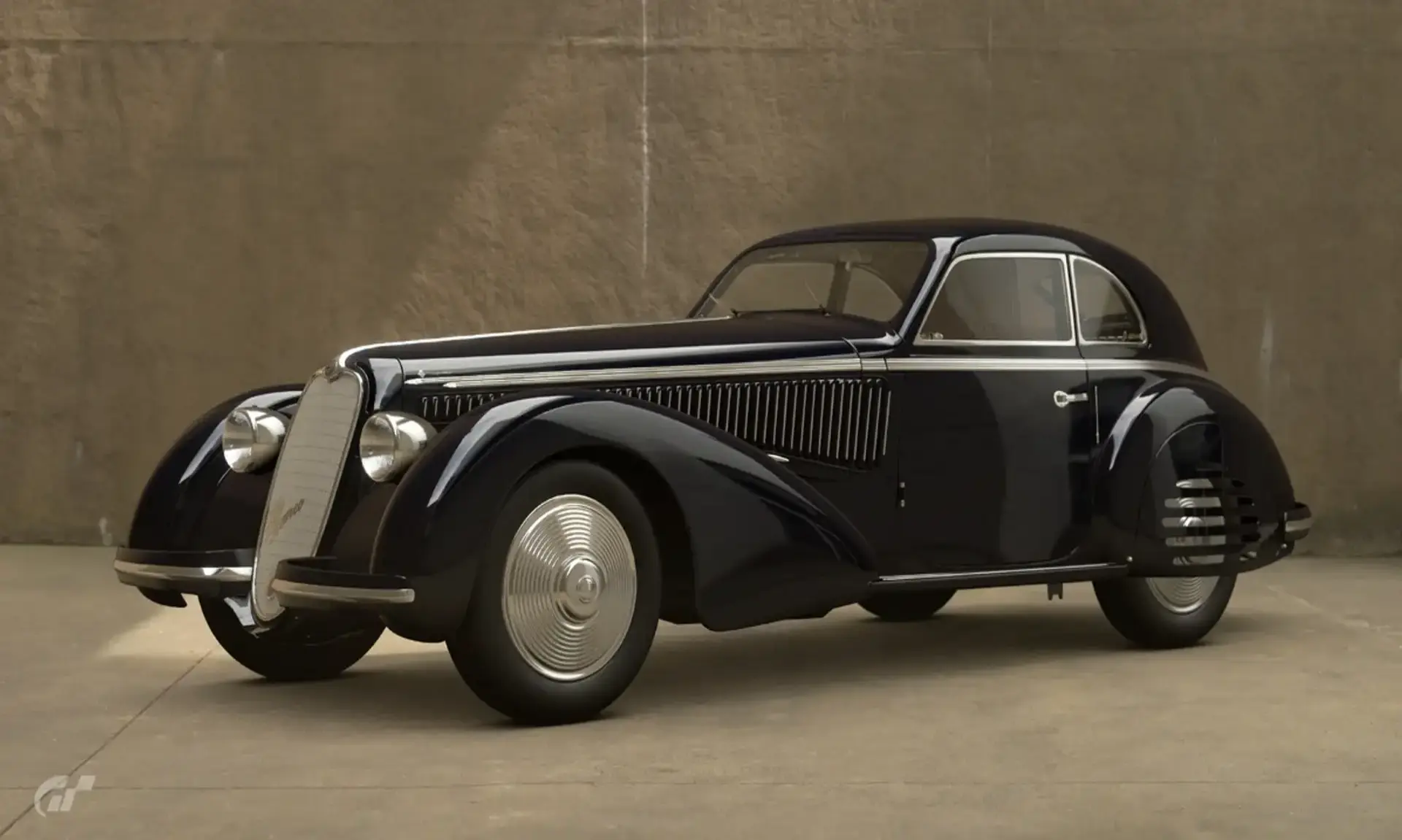Vintage cars, often referred to as classic or collectible cars, are more than just vehicles. They are a window to the past, a glimpse into an era of design, craftsmanship, and innovation that has shaped the automotive industry. For enthusiasts and collectors, vintage cars are a source of passion, nostalgia, and a tangible connection to history. In this article, we take a deep dive into the world of vintage cars, exploring their history, significance, and the joys of owning or collecting them.
The Allure of Vintage Cars
Vintage cars hold a unique place in the hearts of automotive enthusiasts and collectors. What is it that makes these older vehicles so captivating? Here are some of the key aspects that contribute to the allure of vintage cars:

1. Timeless Design
One of the defining features of vintage cars is their timeless design. These vehicles often boast elegant lines, intricate details, and an aesthetic appeal that has endured for decades. Whether it’s the sleek curves of a 1963 Chevrolet Corvette or the art deco styling of a 1937 Cord 812, classic cars are a testament to the artistry of automotive design.
2. Historical Significance
Many vintage cars have played a significant role in history. They have been associated with key moments, cultural movements, and even famous personalities. Owning or collecting such a vehicle allows enthusiasts to become custodians of a piece of history.
3. Craftsmanship and Engineering
Classic cars were often hand-built, showcasing the craftsmanship and engineering prowess of their time. The quality of materials and attention to detail in vintage vehicles are aspects that collectors deeply appreciate.
4. Connection to the Past
Vintage cars transport us to a different era. They provide a sensory experience that connects us to the past, from the smell of the leather interior to the sound of the engine. Driving a classic car is like stepping into a time machine.
A Brief History of Vintage Cars
To truly appreciate vintage cars, it’s essential to understand their historical context. Let’s take a journey through the decades to explore the evolution of these classic vehicles:

1900s-1920s: The Pioneering Years
The early 20th century was a period of experimentation and innovation in the automotive industry. Manufacturers like Ford, Buick, and Rolls-Royce introduced some of the first mass-produced cars. These vehicles, often characterized by their brass accents and wooden spoked wheels, set the stage for the vintage car era.
1930s-1940s: Art Deco and Streamlining
The 1930s and 1940s brought about a shift in design, with the Art Deco movement influencing the aesthetics of cars. Sleek, streamlined designs with sweeping fenders and elegant curves became the norm. Luxury automakers like Duesenberg and Cadillac produced some of the most sought-after vintage cars from this era.
1950s-1960s: The Golden Age of American Muscle
The 1950s and 1960s were marked by the rise of American muscle cars. Brands like Chevrolet, Ford, and Dodge introduced iconic models like the Chevrolet Corvette, Ford Mustang, and Dodge Charger. These cars were known for their powerful V8 engines and bold styling.
1970s-1980s: The Transition Period
The 1970s and 1980s represented a transition period for the automotive industry. Classic cars from this era often had a mix of vintage charm and modern conveniences. European manufacturers like Porsche and Mercedes-Benz continued to produce collectible classics during this time.
1990s-Present: The Revival of Classics
In recent years, there has been a resurgence of interest in classic cars. Many manufacturers have introduced “retro” models that pay homage to the vintage designs of the past. The popularity of vintage cars has also been fueled by a growing community of collectors and enthusiasts.
Owning and Collecting Vintage Cars
For those passionate about vintage cars, owning and collecting them is a deeply rewarding experience. Here are some aspects to consider when entering the world of classic car ownership:

1. Research and Education
Before purchasing a vintage car, it’s crucial to conduct thorough research. Learn about the specific make and model you’re interested in, their history, and common issues associated with them. Joining car clubs and forums can be a valuable source of knowledge.
2. Restoration or Preservation
Vintage cars often require restoration work to bring them back to their original glory. Decide whether you want a project car that you can restore yourself or a fully restored vehicle. Preservation is also an option for those who prefer to keep the vehicle as close to its original condition as possible.
3. Maintenance and Care
Owning a vintage car is an ongoing commitment. Regular maintenance is essential to ensure the vehicle’s longevity and reliability. Finding a skilled mechanic with experience in vintage cars is crucial.
4. Value and Appreciation
Classic cars can be valuable investments. Their value may appreciate over time, making them not only a source of enjoyment but also a potential financial asset. Keep an eye on the vintage car market trends to understand the potential for future value growth.
5. Enjoyment and Community
The joy of owning a vintage car goes beyond monetary value. These vehicles are meant to be driven and enjoyed. Participating in classic car events, rallies, and meets allows enthusiasts to share their passion and connect with like-minded individuals.
Notable Vintage Cars
Vintage cars come in a wide range of makes and models, each with its own unique charm. Here are a few notable vintage cars that have left a lasting impact on automotive history:

1. 1963 Chevrolet Corvette
The ’63 Corvette is an iconic American sports car known for its stunning design and powerful V8 engines. It’s a symbol of the golden age of American muscle cars.
2. 1937 Cord 812
The Cord 812 is a masterpiece of art deco design, featuring a distinctive front-wheel-drive system and hidden headlights. It’s a rare and highly sought-after classic.
3. 1969 Dodge Charger
Made famous by its appearance in movies and television, the ’69 Charger is a quintessential American muscle car with its aggressive styling and powerful engines.
4. 1961 Jaguar E-Type
Often referred to as the most beautiful car ever made, the Jaguar E-Type is a British classic that represents timeless elegance and high performance.
5. 1954 Mercedes-Benz 300 SL
The 300 SL, with its iconic gullwing doors, is a symbol of German engineering excellence and is considered one of the most desirable vintage cars.
Conclusion

Vintage cars are not just vehicles; they are symbols of history, design, craftsmanship, and the joy of driving. Whether you’re an enthusiast looking to own a classic car or a collector with a passion for preserving automotive heritage, the world of vintage cars offers an exciting and rewarding journey like Auto Hero. These timeless machines continue to captivate us and connect us to the past, reminding us of the rich legacy of the automotive industry.

